Ancient news stories

The people associated with the Neolithic Cucuteni-Trypilla culture lived across Eastern Europe from approximately 5500 to 2750 BCE. With up to 15,000 inhabitants, some of their mega-sites are among the earliest and largest city-like settlements in prehistoric Europe.
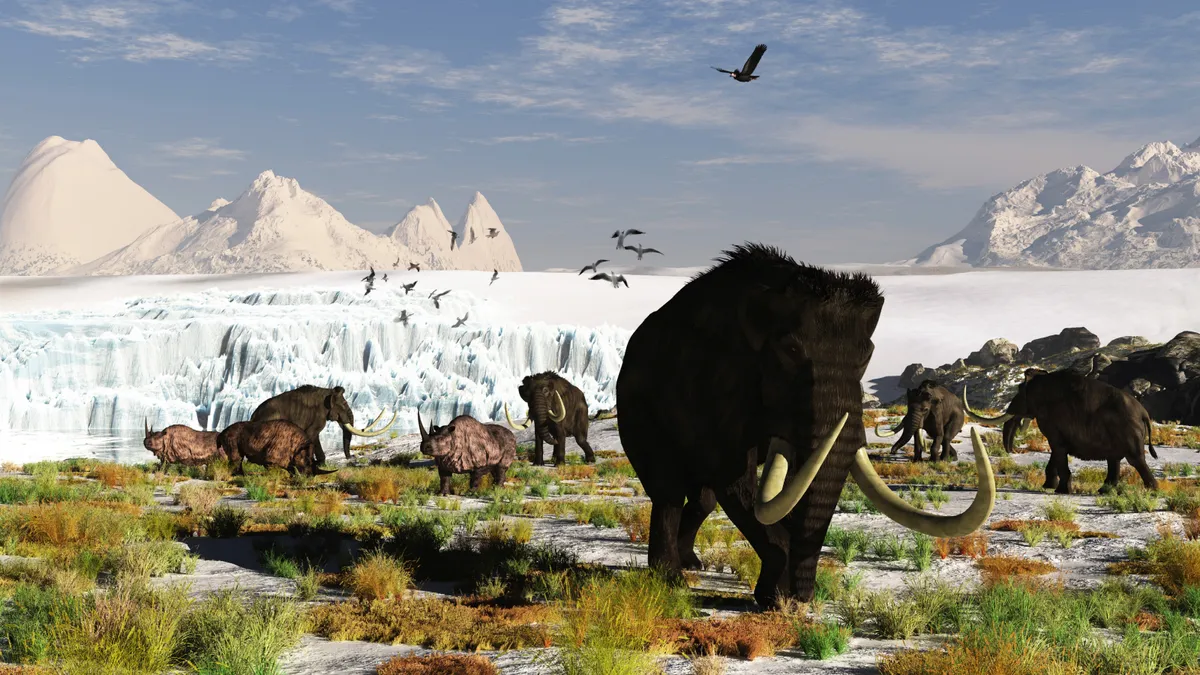
The Bering land bridge that spanned between Siberia and Alaska during the Ice Age was more of a Bering land bog, new research finds.
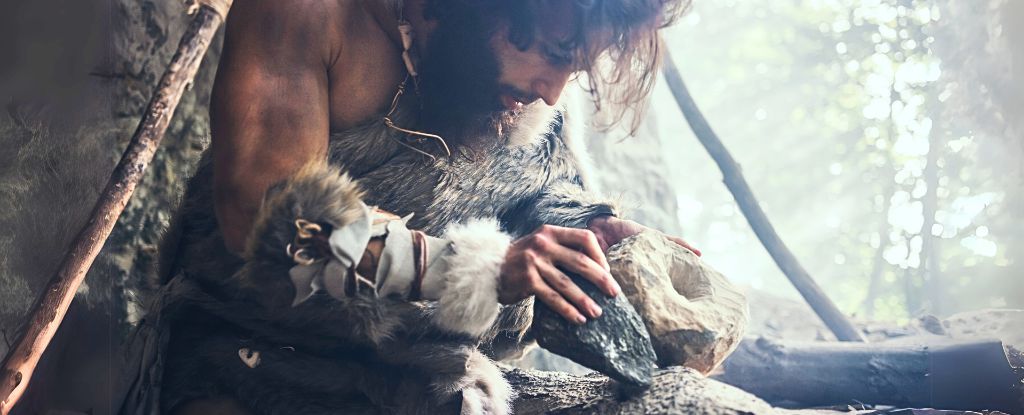
Around 900,000 years ago stone tech 2.0 was released into Spain. University of Santiago de Compostela anthropologist Diego Lombao and colleagues found the earliest known European example of advanced stone tool techniques. This research was published in the Journal of Paleolithic Archaeology.


Homo sapiens groups assembled at the cave to hold torchlit ceremonies, probably inspired by mythological or religious beliefs, as early as around 37,000 years ago, researchers report December 9 in the Proceedings of the National Academy of Sciences.

A fertile stretch of the Nile River, flanked by arid deserts to the east and west, has supported human life for over a million years. The Middle Nile Valley has a history of diverse subsistence strategies, including pastoralism, hunting, fishing, and plant foraging, made possible by unique features underground.

Our earliest studies of Neanderthals were fundamentally flawed.

Interdisciplinary research of archaeological remains found in the Cave of Los Murciélagos in Albuñol, Granada, has revealed the sophistication of Ancient Neolithic archery in the Iberian Peninsula (5300–4900 BCE)…The study was led by the Universitat Autònoma de Barcelona (UAB) and was published in Scientific Reports.

A discovery deep within a cave in Spain has challenged the history of human artistic expression. Researchers have determined that hand stencils in Maltravieso Cave are more than 66,000 years old, suggesting that Neanderthals, not modern humans, were the world’s first artists. The study is published in the Journal of Archaeological Science.
The Earth was struck by 2 huge asteroids 35 million years ago – but it managed to shrug off the impacts, according to a new study. The study, published in Communications Earth & Environment finds that – other than 2 massive craters – there’s little evidence of long-term effects caused by the asteroids.
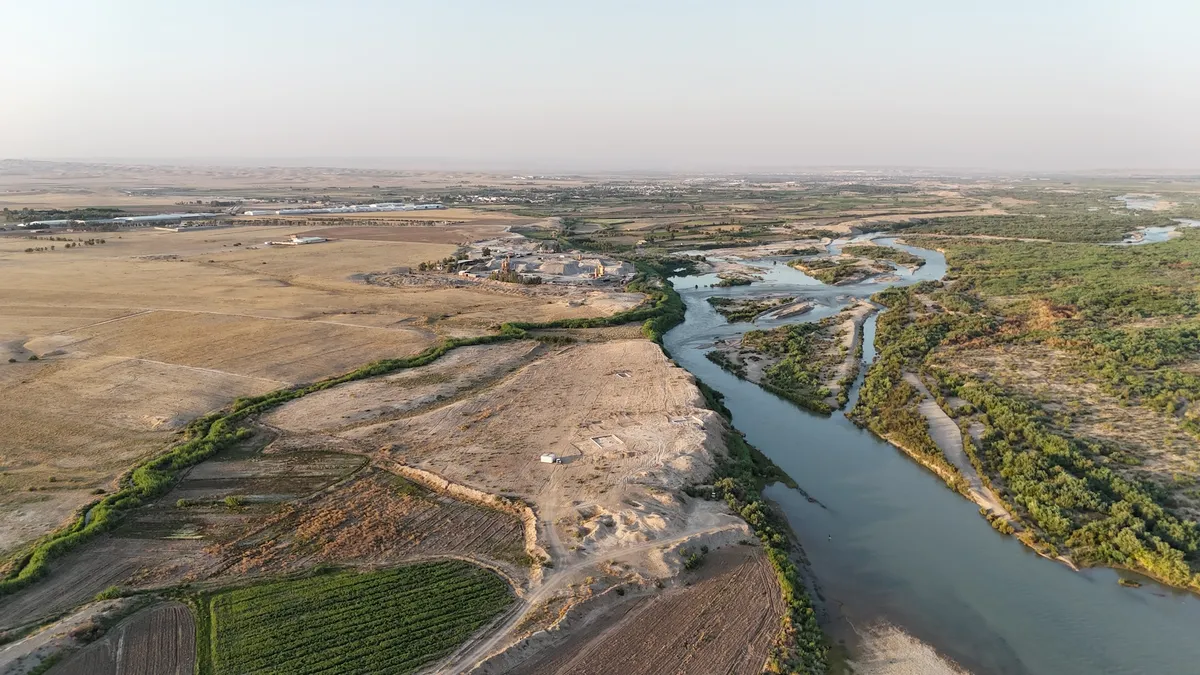
Newly analyzed 5,000-year-old clay bowls unearthed in Iraq may be evidence of early government-like rule, a new study finds.
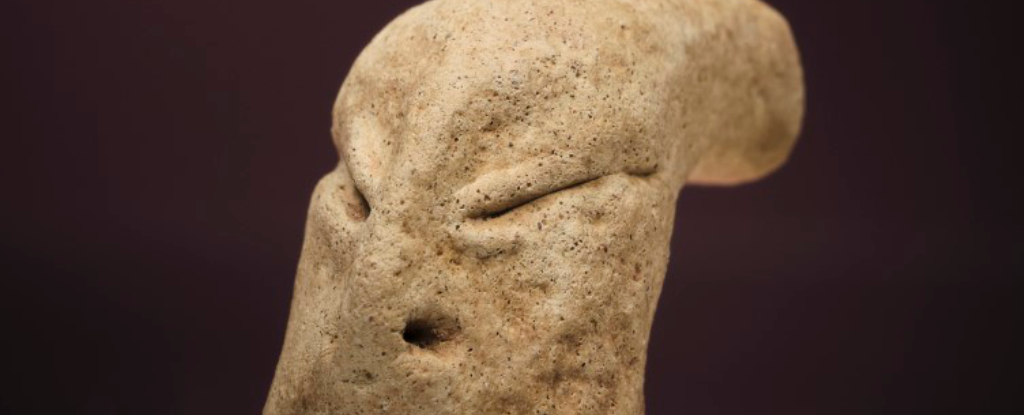
Excavations by the Kuwaiti-Polish Archaeological Mission at a site in Northern Kuwait’s Al-Subiyah desert have uncovered a bizarre-looking clay head representative of the culture of a prehistoric people who flourished in the region between 5500 and 4900 BCE.
New research published in Nature Mental Health indicates that psilocybin-assisted psychotherapy may offer comprehensive mental health benefits for individuals experiencing cancer-related distress.
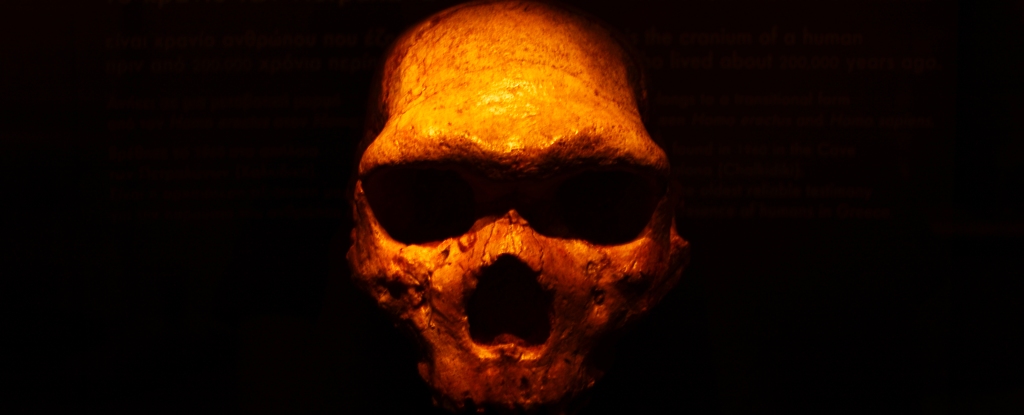
A “provocative” new piece in Nature has proposed a whole new group of ancient humans – cousins of the Denisovans and Neanderthals – that once lived alongside Homo sapiens in eastern Asia more than 100,000 years ago. The commentary was published in Nature Communications.
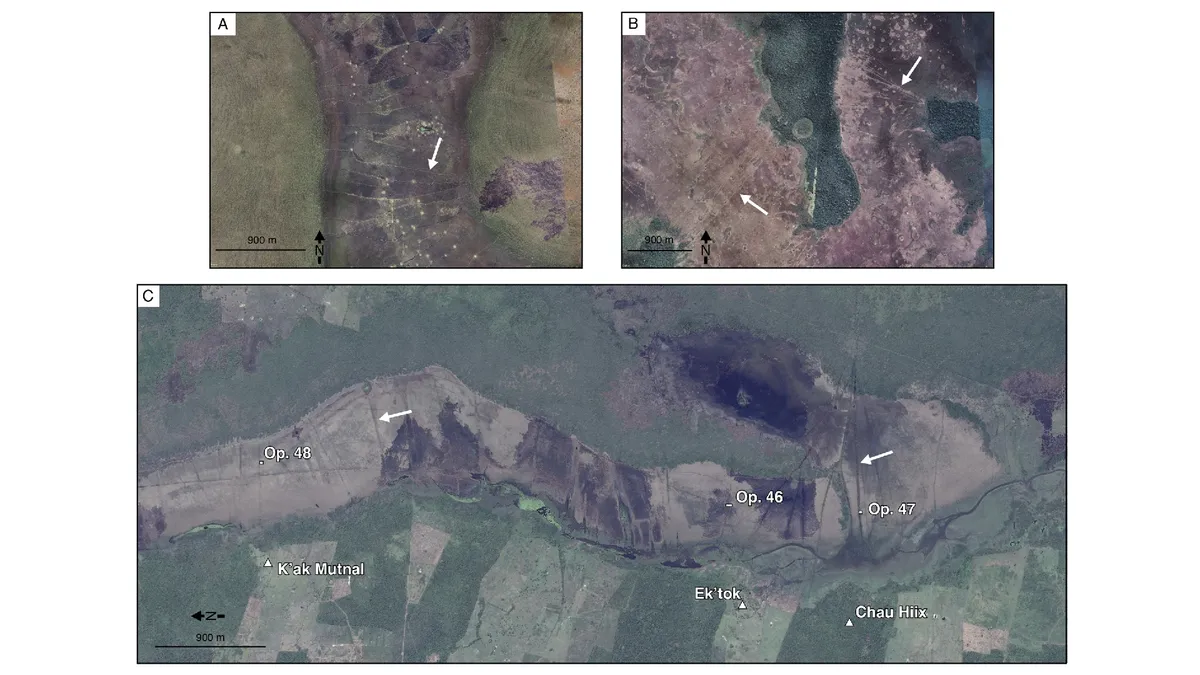
Hunter-gatherers constructed these complex networks about 4,000 years ago, during the Archaic period, a time before people in the region were practicing agriculture on a large scale, scientists wrote in the study, published Nov. 22 in the journal Science Advances.
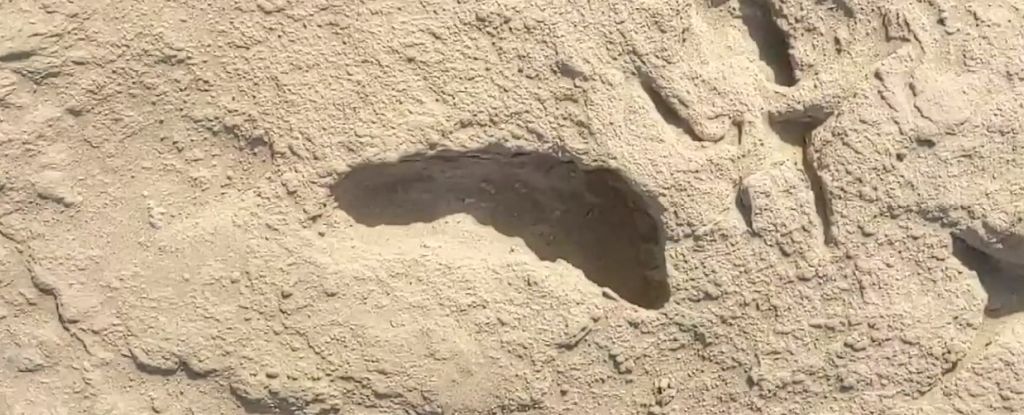
Ancient footprints reveal that a thriving landscape 1.5 million years ago in what is now Kenya was able to accommodate two different species of hominin, living side by side…The research has been published in Science.








